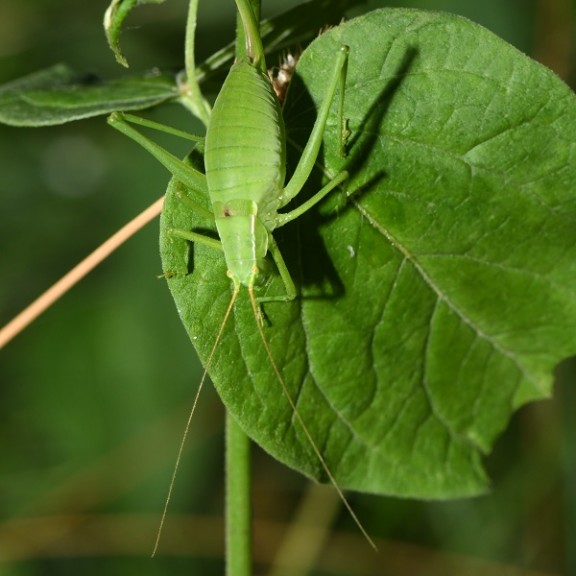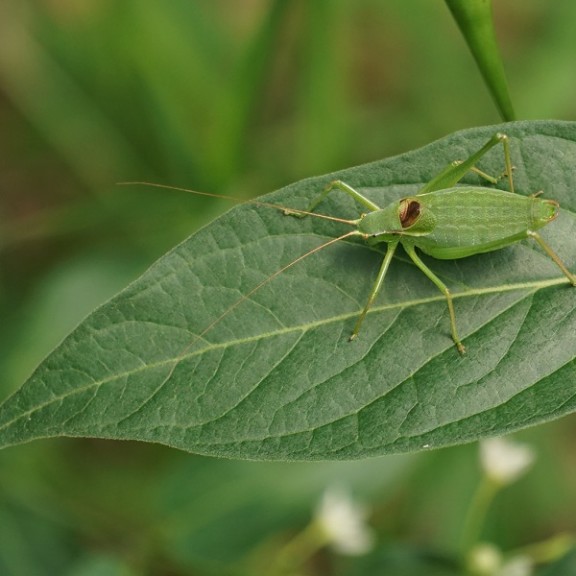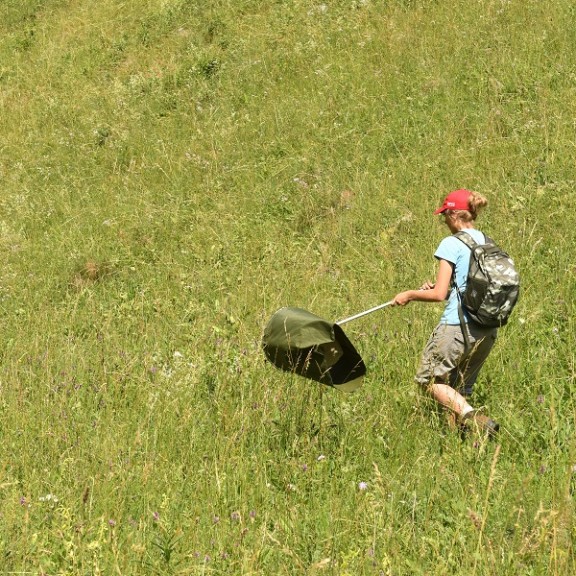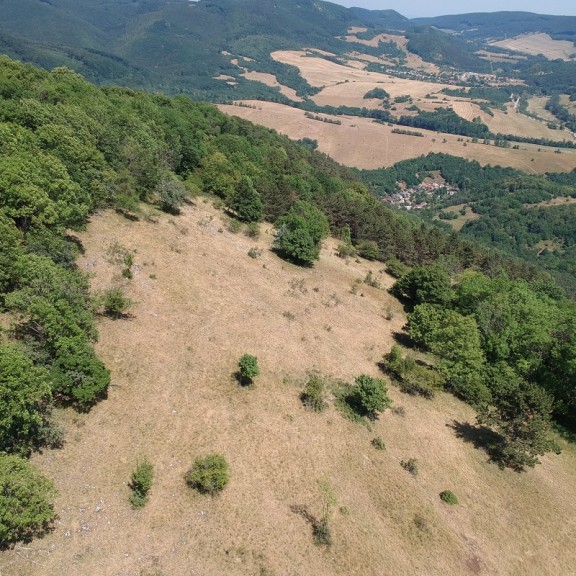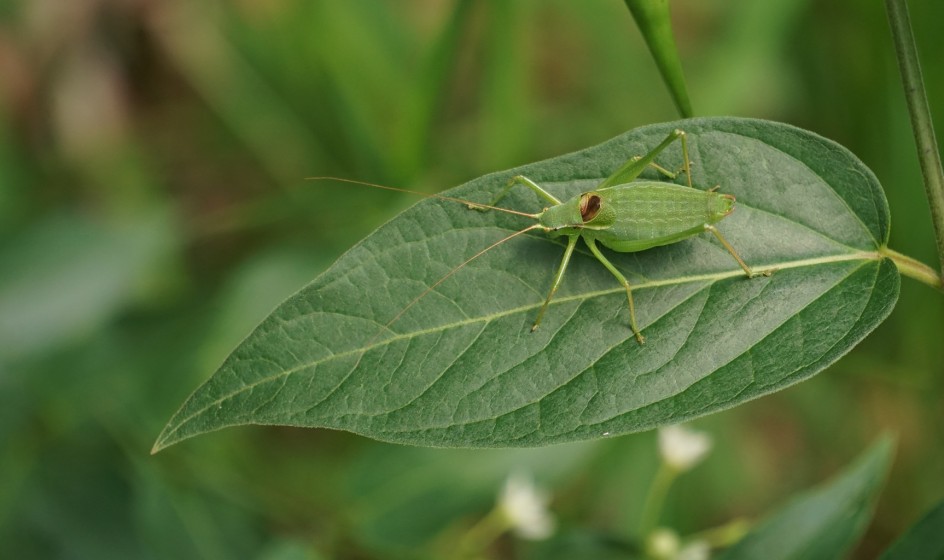

Bei-Bienko’s Plump Bush-Cricket
The protection of the bush cricket begins with its diet
In south-east Slovakia, the endemic cricket species Isophya beybienkoi inhabits the karst landscapes of this region in six isolated subpopulations. Due to habitat loss and fragmentation, the population size is declining sharply (Chobanov et al. 2016). Previous studies have already analysed the vegetation in the habitat of this species. However, little is known about their diet. However, this information is crucial for the protection of the cricket to ensure that, for example, measures to improve the habitat also promote potential forage plants or that sites favourable to this species are specially protected.
The Stiftung Artenschutz is therefore supporting a joint project to analyse the food composition of this highly endangered species of cricket. For this purpose, faecal samples are collected in the habitat and DNA metabarcoding is used to investigate which plants were eaten by the animals. At the same time, the vegetation in the locust's distribution area is determined during sampling. By comparing the food composition with the vegetation composition, areas with high conservation priority can be identified and this information passed on to the national park administration. This enables the development of an effective conservation strategy for the cricket in the Slovak Karst National Park.
Project Fact Sheet
|
Species
|
Bei-Bienko’s Plump Bush-cricket; Isophya beybienkoi
|
|
Threats
|
Habitat destruction
|
|
Project aim
|
Collecting information on the feeding behaviour of the endangered leafhopper Isophya beybienkoi
|
|
|
|
